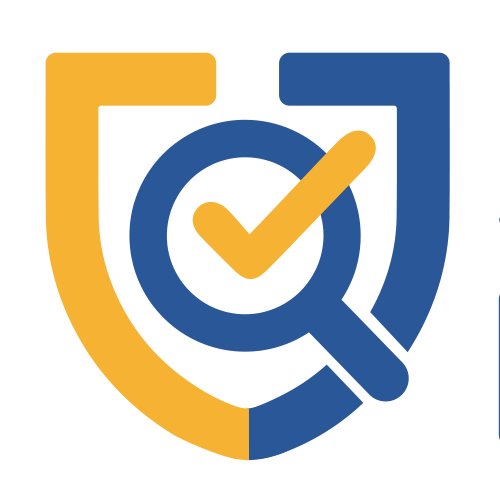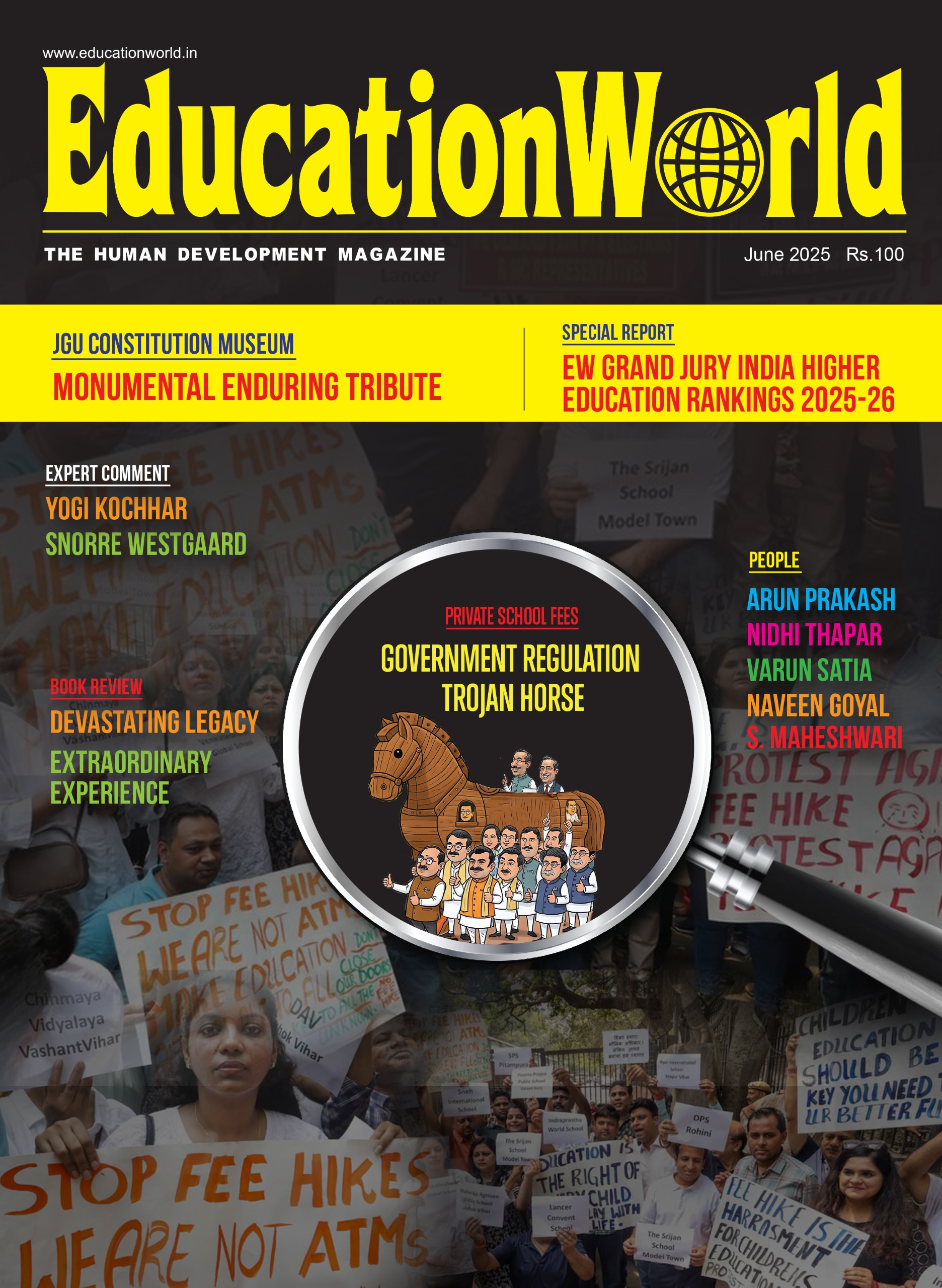 Suchindra Kumar is the country director-India of Wizenoze, and former partner with Ernst & Young (India) leading the firm’s education practice
Suchindra Kumar is the country director-India of Wizenoze, and former partner with Ernst & Young (India) leading the firm’s education practice
The overwhelming majority of school children — especially private school children — are digital natives. The internet is their go-to medium for information, socialising, entertainment and just about everything else. In the interest of their students, schools have been incorporating technology-driven tools in their teaching-learning systems. This trend towards digital learning has accelerated during the Covid-19 induced lockdown.
What gets lost in these difficult times is awareness of the pitfalls of heavy reliance on the Internet and new technologies. The three major risks to which online learners are exposed:
Content risk. The Internet is a repository of all types of content — good, bad and ugly. Children have easy access to unregulated harmful and hateful content (promoting enmity between religious communities), illegal content (pirated software, games and pornography) and misleading content such as biased information and fake news. Most children lack the judgement and self-discipline to discern harmful content. A survey conducted last September by InternetMatters, a global Internet advocacy group, highlights that increased usage of digital devices and smartphones has prompted new anxieties about children’s development.
To reduce the incidence of children accessing harmful and irrelevant content, school managements could check out the website of Wizenoze, a Dutch edtech startup. It uses technology to make the Internet safe for learners. New technology has been leveraged to curate learning resources from across the Internet in reliable and enabling formats.
This allows schools and content providers to provide safe learning and cost-effective platforms for young learners.
Likewise, Google has innovated YouTube Kids, a platform offering safe video content for users in the 3-12 age group. The Wizenoze app was launched in India last November.
Conduct risk. Positive Internet usage requires behavioural norms for people-to-people interaction. For instance, it has brought out the menace of cyber-bullying. Online tutors — a huge proportion of whom are poorly or inadequately trained — are interacting recklessly with students resulting in hateful encounters. Young learners are often vilified for their gender, religious beliefs, unfamiliar accents and lack of familiarity with Internet mores.
In an Indian context, this challenge is more formidable because the majority of learners have moved online for the first time during the Covid-19 pandemic. They are first-time users, less aware of the cyber bullying phenomenon and easy targets. According to a report by Comparitech, a UK-based company, India tops the list of countries where parents have reported children being cyber-bullied. In 2011-18, the number of complaints has risen three-fold to 37 percent — the highest worldwide.
In this connection, school managements are advised to check out the Child Safety Team framework of the Bengaluru-based company Vedantu, which offers a code of conduct for teachers and educators on its online platform. The framework includes essays on orderly conduct of online classes, defining prohibited language, gestures etc.
Consumer risk. Data privacy theft, phishing attacks and other malpractices have also exploded in India during the Covid-19 pandemic era. In June 2020, Microsoft Security Intelligence reported that the education sector accounts for 61 percent of the 7.7 million Malware attacks experienced by enterprises in the previous 30 days — higher than in any other sector.
With parents and schools becoming increasingly anxious about their children accessing safe and child-appropriate content and learning resources on the Internet, it’s up to educational institutions including schools, to advise and guide students (and teachers) on ways and means to minimise the risks of cyber-bullying, fraud, seduction and children being led astray by the multiplying tribe of evil Internet predators.
Some of the initiatives schools can undertake to safeguard their learners are:
- Prescribing basic do’s and don’ts. Formulating and publishing behavioural expectations and warning of disciplinary consequences for breaches of published norms, is a good starting point.
- Establishing communication channels. Schools should set up help desks and online counselling services for teachers, students and parents to make them aware of online safety.
- It would be advisable for institutional managements to update their technology and enforce password policies for digital classrooms to ensure child safety. It might be useful to appoint a tech consultant (on retainer) to provide child safety and related advice periodically.
- Teacher sensitisation training. The majority of teachers are also embracing the Internet for the first time in the pandemic era. They need aid and advice to manage the multiplying complexities and dangers of the Dark Internet.
- Schools are advised to study the NCERT-Unicef guidelines
(https://ncert.nic.in/pdf/announcement/Safetolearn_English.pdf) to institute child safety norms.
Also read: Protecting children from the billion dollar online porn industry























